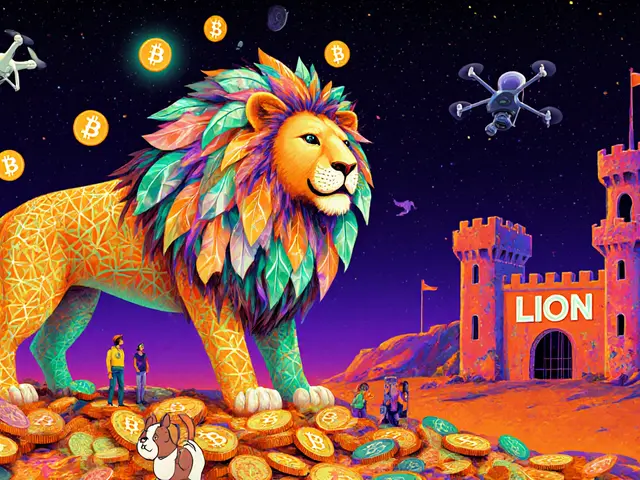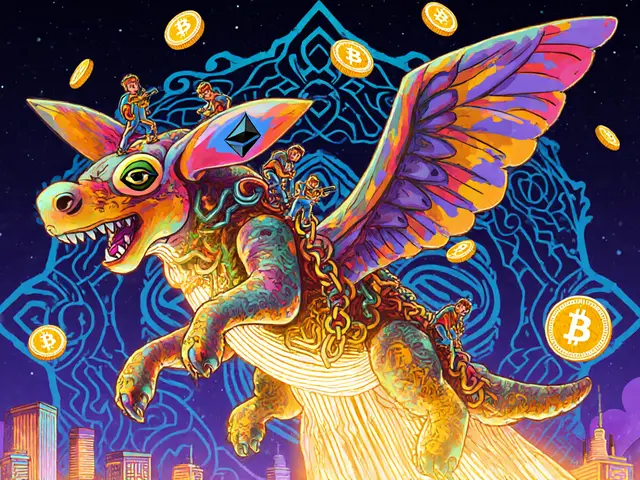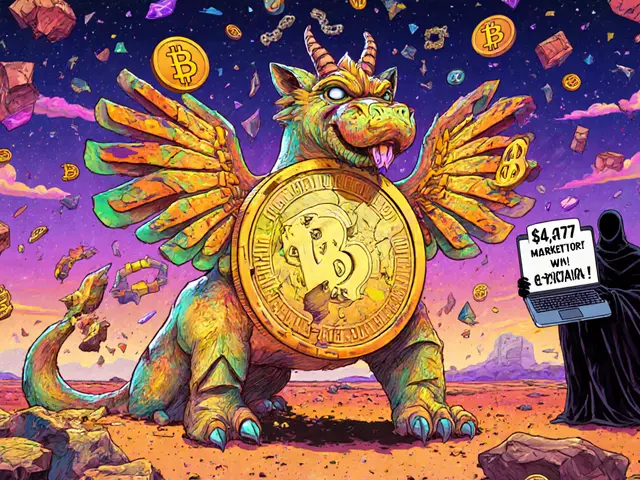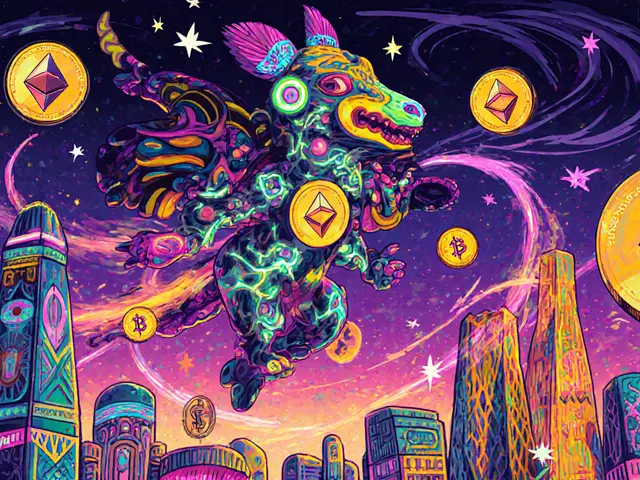HODLing: What It Really Means to Hold Crypto Through the Noise
When you HODLing, the practice of holding cryptocurrency long-term despite market volatility. Also known as buy and hold, it's not about timing the market—it's about staying in the game when everyone else is panicking or chasing the next quick flip. The term started as a typo in 2013, but it became a movement. People who HODL aren’t trying to predict the next pump. They’re betting on the long-term value of decentralized systems, even when prices drop 70% in a week.
HODLing requires three things: control, patience, and security. You need to hold your own keys, not leave coins on an exchange that can freeze your account. That’s why hardware wallets, physical devices that store crypto offline and protect against hacking are non-negotiable for serious HODLers. It also means avoiding the noise—meme coins with no team, airdrops that vanish, or tokens promising automatic ETH rewards that never pay out. Real HODLing isn’t about chasing hype. It’s about holding assets with actual utility, like Bitcoin or Ethereum, or projects with clear roadmaps and active development.
And HODLing doesn’t mean ignoring the world around you. If your country bans crypto and banks shut your account, you need to know how to use non-custodial wallets, wallets where you alone control access, no middleman needed to stay in control. If you’re holding tokens on chains like BSC or Avalanche, you need to understand gas fees, network risks, and whether the project is still alive. Some tokens listed here—like BSClaunch, Franklin, or EverETH Reflect—look like they were abandoned years ago. Holding those isn’t HODLing. It’s clinging to ghosts.
True HODLing means knowing the difference between a project that’s building and one that’s just collecting wallets. It means recognizing when a token’s zero trading volume isn’t a buying opportunity—it’s a warning. And it means understanding that the biggest risk in crypto isn’t price drops. It’s losing your coins to scams, bad storage, or your own impatience.
Below, you’ll find real stories from people who’ve been through the cycles: exchanges that vanished, airdrops that never happened, wallets that saved their assets, and tokens that survived because they had substance. This isn’t a list of pump-and-dumps. It’s a guide to holding smart—so you don’t get left behind when the noise clears.










